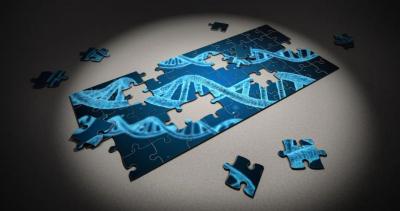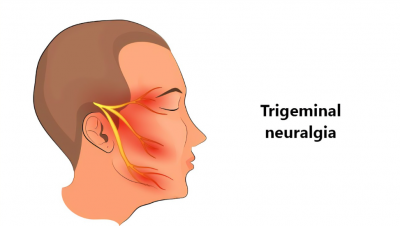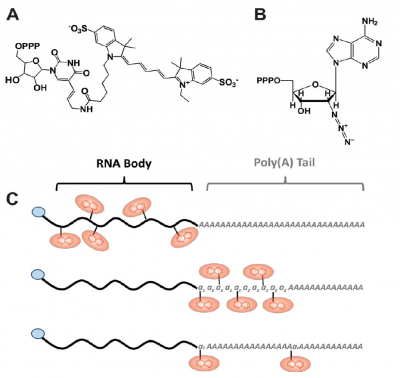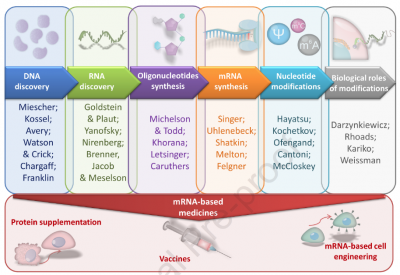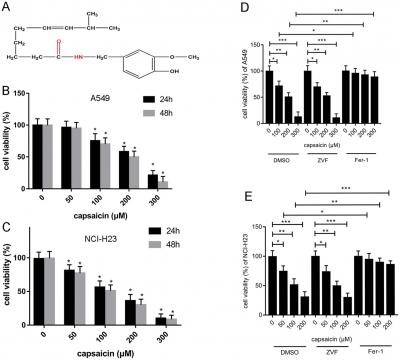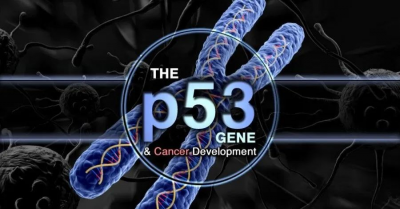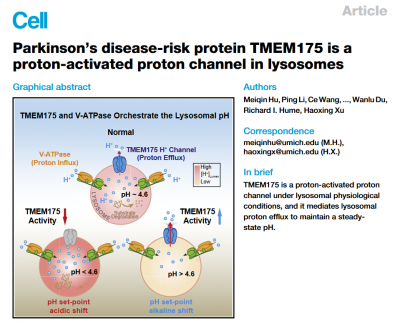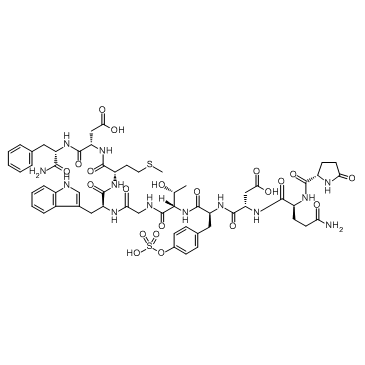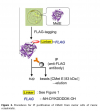Li Jin's team reveals RNA editing underlies genetic risk for common inflammatory diseases
The Human Genome Project (HGP) has successfully mapped the human genome, and human beings have also obtained their own "natural book". However, in the following 20 years, the interpretation of this "book from the sky" has been very difficult, and until now, we still lack sufficient understanding of the expression patterns of the human genome.
The Most Painful Trigeminal Meuralgia in Humans. Therapeutic Target is coming
Trigeminal neuralgia is the most common cranial nerve disease, characterized by recurrent paroxysmal severe pain in the distribution area of the trigeminal nerve on one side of the face. The patient's daily activities, such as eating, drinking, talking, washing face, brushing teeth, etc., can cause severe pain, and some patients can even cause excruciating pain when the breeze blows. Therefore, trigeminal neuralgia is also known as "the first pain in the world", and some patients even choose to commit suicide to end the pain. Those who endure pain also tend to have lower quality of life, anxiety and depression.
In Vitro Labeling Strategies for Single Ribonucleoprotein Machinery
Nature has long used large biomolecular assemblies to convert chemical energy into quasi-mechanical motion to perform essential functions of life. For example, cells use translation machinery -- the ribosome -- to make proteins from mRNA templates. Cellular nanomachines regulate the extent of translation by using miRNAs to guide AGO protein assembly into RISC to the 3' untranslated region. Similar to other machines, the ribonucleoprotein complex (RNP) requires the correct assembly of the correct number and type of molecules to perform its function. Any single misfolding or genetic mutation can lead to loss of function or abnormality and lead to disease. Intracellular single-molecule fluorescence microscopy (SMFM) imaging can be used to probe the structure and activity of individual machine components in their cellular environment. But the lack of high-yield methods to fluorescently label RNA molecules has hindered the development of SMFM.
The development process and application of mRNA engineering
The first two centuries were marked by the elucidation of the structure and function of nucleic acids. Friedrich Michel was the first to isolate nuclear proteins in 1869. The name nucleic acid is a coined term that Albrecht Kossel divided into five bases in the late 19th century: adenine, cytosine, guanine, thymine and uracil. Another half century later, Ossivard Avery discovered that deoxyribonucleic acid (DNA) was involved in heredity, laying the foundation for molecular biology genetics. In addition, Chargaff's biochemical discovery of fixed ratios of certain bases, as well as Franklin's crystallographic studies, led Watson and Crick to discover the structure and function of DNA in 1953. However, the role of RNA and its connection to DNA and proteins remain unclear.
Capsaicin induces ferroptosis, or may provide a new therapeutic strategy for NSCLC
Lung cancer is one of the cancers with the highest mortality rate in the world, and non-small cell lung cancer (NSCLC), as its main type, threatens people's health and longevity. Medical experts have carried out a lot of basic research on lung cancer, and have also developed many targeted drugs, but the changes in the disease are always one step ahead, and more new drugs and treatment strategies are urgently needed to deal with it.
The mutiny of the genome guardian: the strongest tumor suppressor gene p53 actually promotes the development of liver cancer
Since its discovery in 1979, the p53 gene has been one of the focuses of oncology research. Searching the Pubmed database with p53 as the keyword can find more than 100,000 articles. In a 2017 statistic by Nature magazine, the p53 gene ranked first in the list of the most popular research genes in the past few decades by an absolute advantage.
Amyloid beta is not the real cause of Alzheimer's
Alzheimer's disease (AD), commonly known as Alzheimer's disease, is a progressive neurodegenerative disease with an insidious onset. Generally, the onset before the age of 65 is called Alzheimer's disease; the onset after the age of 65 is called senile dementia. The pathogenesis of AD is complex, and related studies suggest that neuritic plaques composed of extracellular β-amyloid and many other proteins are one of the main lesions, and even begin to deposit twenty years before the onset of AD patients. Scientists have developed some drugs around the mechanism of inhibiting the deposition of beta-amyloid plaques, but these can only slow the progression of the disease and cannot effectively reverse or improve the disease. Although a lot of research and achievements have been made, in fact, the root cause of AD pathogenesis is not yet clear and there is no direct and effective treatment.
Cell: Uncovering new mechanisms of Parkinson's disease risk
This study shows that TMEM175 is a genetic risk factor for Parkinson's disease (PD), and proves that TMEM175 is a hydrogen ion channel on the lysosomal membrane and plays an important role in regulating lysosomal acid-base balance. Enzyme hyperacidification, impaired proteolytic activity, and promotion of α-synuclein aggregation in vivo are closely related to the pathogenesis of Parkinson's disease.
An animal model of acute pancreatitis induced by cerulein
Acute pancreatitis (AP) is a common clinical acute abdomen with complex etiology, with a mortality rate of 5% to 10%, and severe AP mortality as high as 20% to 30%. Way. At present, the commonly used methods for making in vivo AP animal models include pancreatic duct ligation, duodenal loop closure, pancreaticobiliary puncture and injection, pancreatic subcapsular injection, pancreaticobiliary injection combined with intravenous infusion, and bombesin in combination. Intraperitoneal injection of lipopolysaccharide, etc.
Introduction to the classification and characteristics of Cyanines series fluorescent dyes
We all know that there are many types of fluorescent dyes, such as: Cyanines, SIR, Fluorescein, TAMRA, ICG, etc. Today, I will show you one of them, Cyanines. For details, please see the following:
There are two types of cyanine dyes: non-sulfonated cyanines and sulfonated cyanines. For many applications, they are interchangeable because their spectral properties are nearly identical. Both sulfonated and non-sulfonated dyes can be used to label biomolecules such as DNA and proteins. The difference between dyes is their solubility: sulfur dyes are water soluble, and they do not use organic co-solvents for marking in aqueous environments. They do not tend to aggregate in water. In some cases, one type of cyanine is required.




